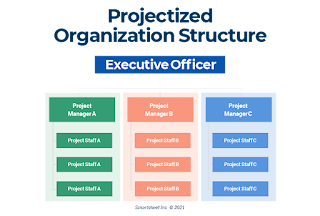Parts per Million vs Percentage Error With the evolution of quality management processes in production industry and adaptation of lean manufacturing concept by the manufacturers, number of products with defects started to decrease with the time. Concept of 99.99% of accuracy is adopted by the developed countries. Once the concept of 0.1% of error was used by the manufacturers while defining the quality of their production. But now developed countries use the concept of parts per million to define the productivity of their process. Following figure can help to understand the difference between both concepts. In the above example, in a production out of 25,000 pieces, 50 pieces found to be defected. Now if we examine the both criteria: 1. Percentage Error If we look for percentage error, value is only 0.2% but as the denominator is 100 in this case which makes it look like an satisfactory/acceptable error in production. 2. Parts Per Million In this criteria, 50 pieces out of 25,0...


.png)



